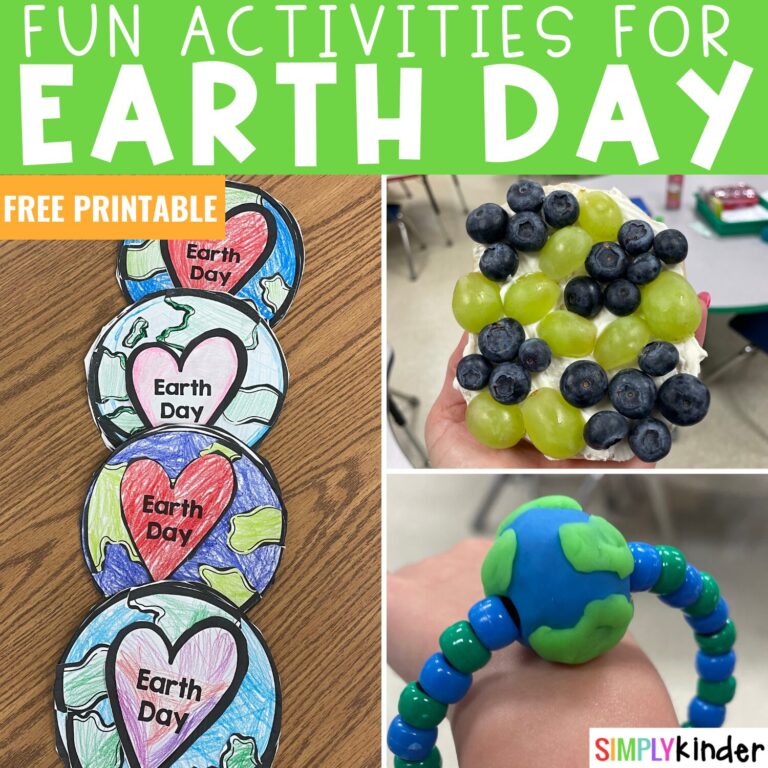
Home » Plain Talk Key Takeaways
Plain Talk 2022 conference from The Center of Literacy and Learning was a jam-packed event full of a wealth of knowledge about using the Science of Reading to guide instruction. Here are a few of the main key takeaways we got from attending this fantastic event.
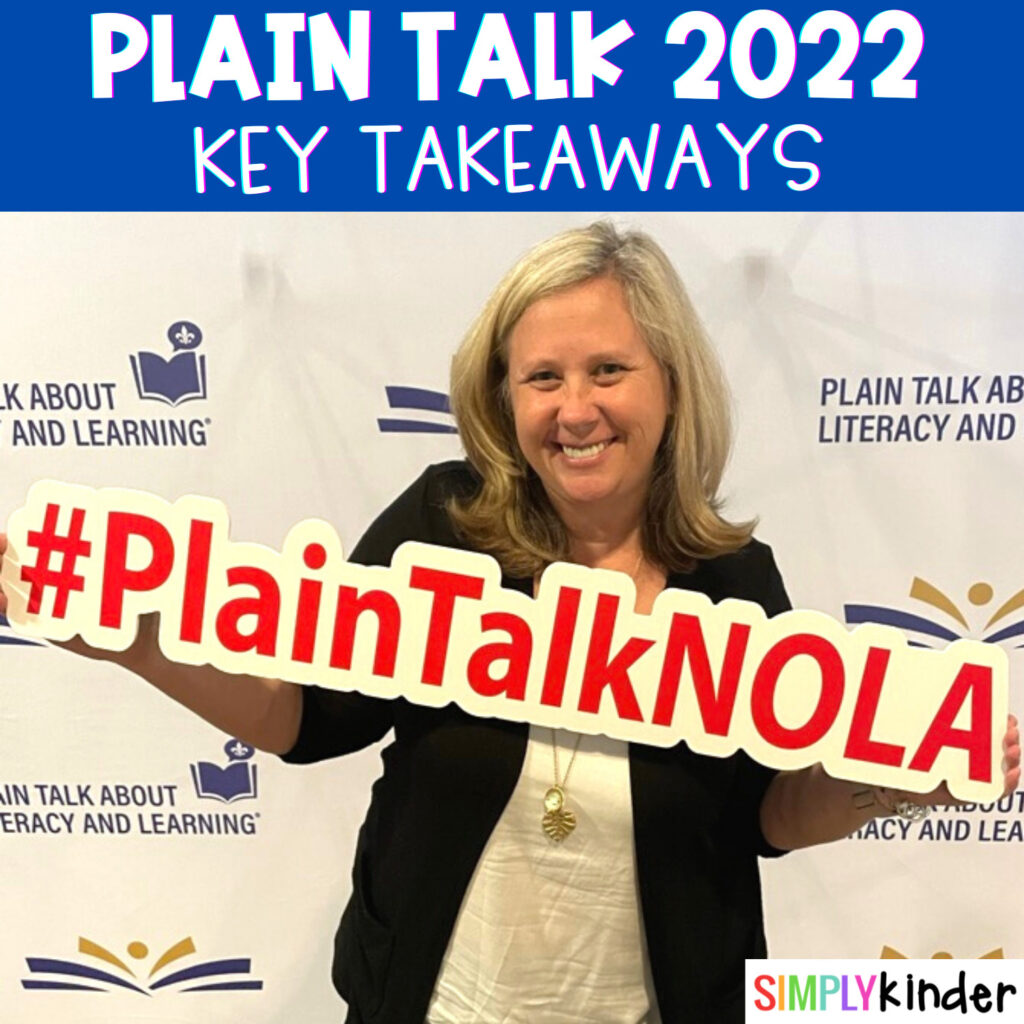
This article goes well with these Simply Kinder resources:
This is one of my FAVORITE conferences to attend for so many reasons! There was so much information and knowledge shared during this conference that my notes couldn’t keep up with my brain. We left in awe trying to process everything we had learned. I have been to this conference before but this time my knowledge of the Science of Reading is so much deeper so it brought all new insights.
My goal is to share just a little bit of what I learned in my words from the Plain Talk 2022 conference so you can further get professional development, read some recommended professional growth, and continue on the path of supporting ALL learners using effective literacy instruction.
Here are my five key takeaways:
These topics and more will be explored more in upcoming articles from Simply Kinder. Links will be updated as these articles are released but below we will link some of the research and books shared during the conference so teachers can begin their own exploration on the Science of Reading.
Click here for all of our Science of Reading related articles
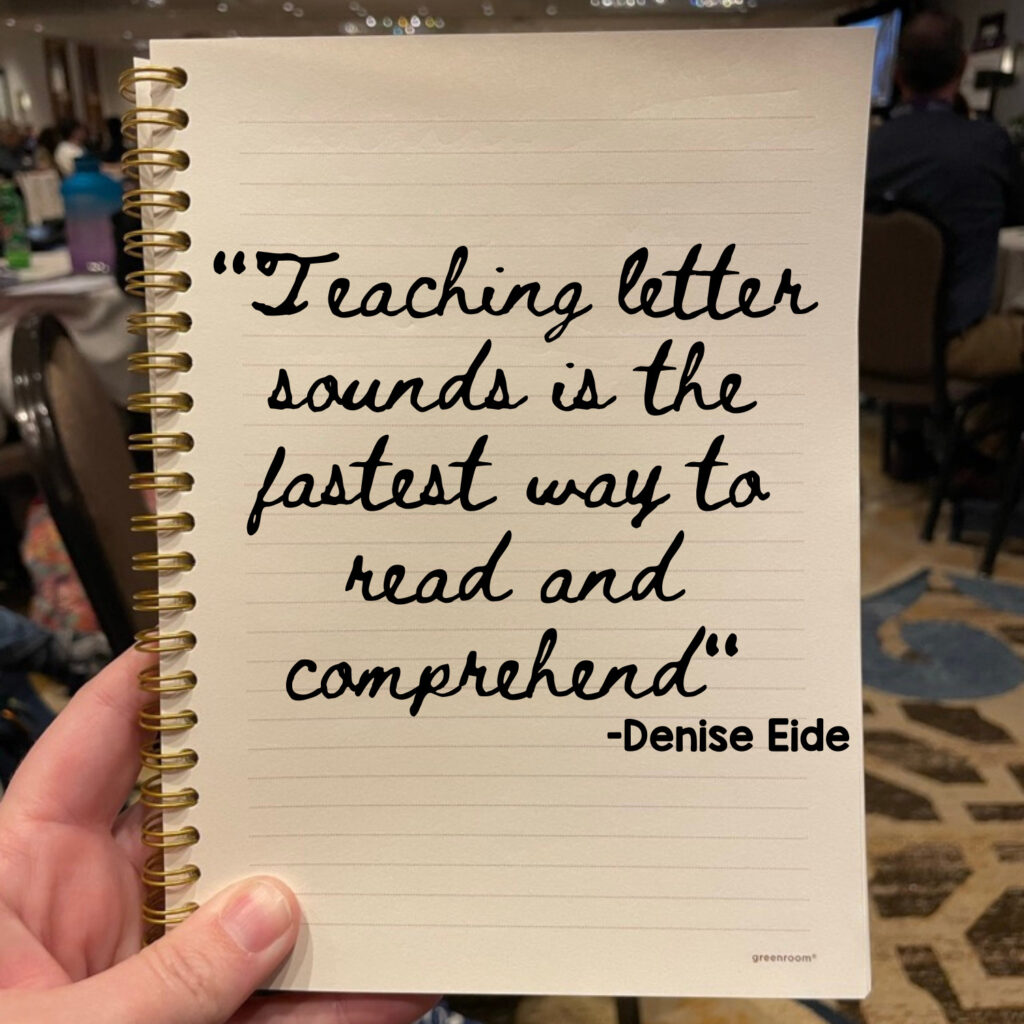
One of the most impactful presentations was from Denise Eide from The Logic of English. She shared that systematic phonics instruction is the key is improving literacy. Most adults (and teachers) do not know the rules and thus teach that English is full of expectations but it’s really NOT! In her research, she found that 98% of the English words follow phonics rules. My mind was blown away!
As a teacher I have said so many times “that word does not follow the rule, we just need to remember it.” But is that really the case? Apparently not.
An example rule she shared with us that is further explained in her AMAZING easy to read, must-have for EVERYONE book (I really enjoyed it, lol) Uncovering the Logic of English, is that:
English Words do NOT end in I, U, V, or J. Thus the word have makes short a sound because it follows this rule. E is added at the end to make sure the word doesn’t end in V, but does not make the a long. Wow! This is the case with the words have and give. These words are not exceptions to the rule, we just didn’t know the rule!
Or how about this! Most of the time s makes the /z/ sound. So sight words like has and was are actually easily decodable and do not need to be memorized.
By teaching phonics and decoding students can understand English words and read more accurately, fluently, and with more confidence!
Check out her book for more:
This presentation on high-frequency words or sight words by Katie Pace Miles was fascinating! She focused on why flashcards and memorization are NOT the best way to teach sight words. Instruction should focus on decoding. Here are some key takeaways:
Words are grouped into three categories:
With those three groups of words:
MAJOR TAKEAWAY: If the words have reliable phonics why post them? Posting doesn’t do anything! Don’t post decodable words! Teach them instead.
This presentation from Stanislas Dehaene, French professor and author of Reading in the Brain: The New Science of How We Read, was a fascinating combination of science and logic. He shared how his team has used MRI scans to explicitly understand how people (and kids) learn to read. He stated that the science is clear: reading goes from speech to print, and the more explicit the instruction the faster the brain makes connections.
Key Takeaways:
His research support that letter sound instruction is the fastest way to become a fluent reader.
Check out this book below for more:
A presentation by Laura Stewart of The Reading League about the power of handwriting. She discussed how explicit instruction of letters and handwriting practice is essential for building literacy.
Here are some key takeaways:
Why writing is important:
What does it really mean to know a letter?
-Letter formation critical anchor for understanding letters and words
In K-2 handwriting goal is automaticity and legibility.
Teach 3 P’s: Posture, paper, pencil
Tools for teaching handwriting:
-Paper ruling from wide to narrow
-Supports for pencil grips
-Starting dot
-Ice Cream Paper
Check out this Ice Cream Paper:
Explicit instruction is key for handwriting
I do, we do, you do
Explicit instruction of letters will help b and d reversal. Also, d starts with a c first.
Inventive spelling should inform instruction.
I was super excited about this session because I have seen Linda Ferrell before and I just love her work on Readsters.
Ultimately, there is no perfect curriculum as the Science of Reading is always being discovered. It’s a science, not a roadmap. It’s guidance within boundaries. The goal should be to provide curriculum that prevents struggling readers and has good interventions to help when it does not.
The goal is automaticity. To be able to look at a word and read it so fast we don’t know we are actually decoding the word (because we are still decoding it even though we don’t think we are). She showed us a word and asked us not to read it. We could not do it.
There are some non-negotiables though for your literacy block time. This includes strategic work on phonemic and phonological awareness. You should teach both letter names and letter sounds. You should be decoding words and spelling words based on spelling patterns. You should be working on fluency – again because of that automaticity. And you should explicitly teach handwriting.
A few other things resonated with me:
In closing, I absolutely loved this conference and do each time I attend. I feel like every time I attend I have a deeper understanding going into things and so I take different things away.
This article is written by Kate and Jennifer from Simply Kinder. They both have a passion for teaching kids to read and both attended the Plain Talk 2022 conference in New Orleans.
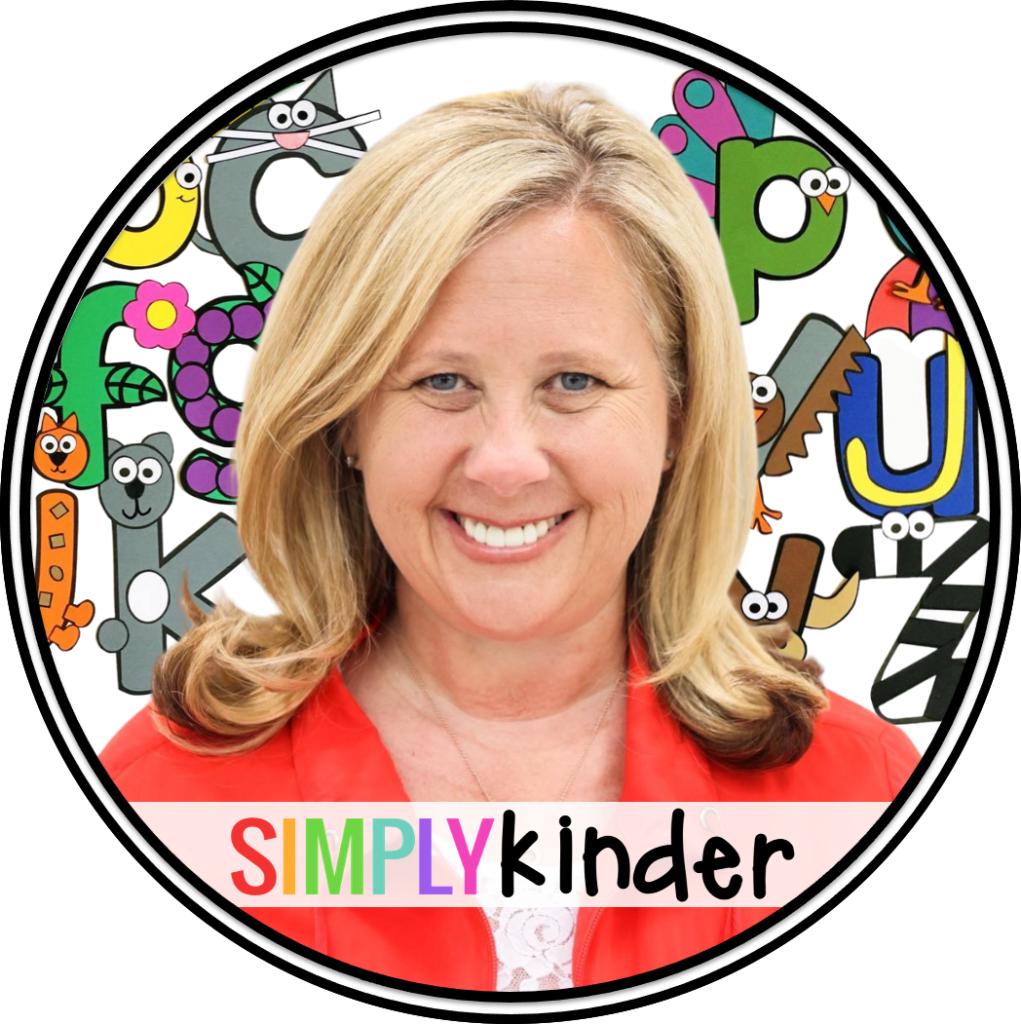
With Unmatched Printables & Engaging Classroom Ideas, Simply Kinder is your TRUSTED TEAMMATE.
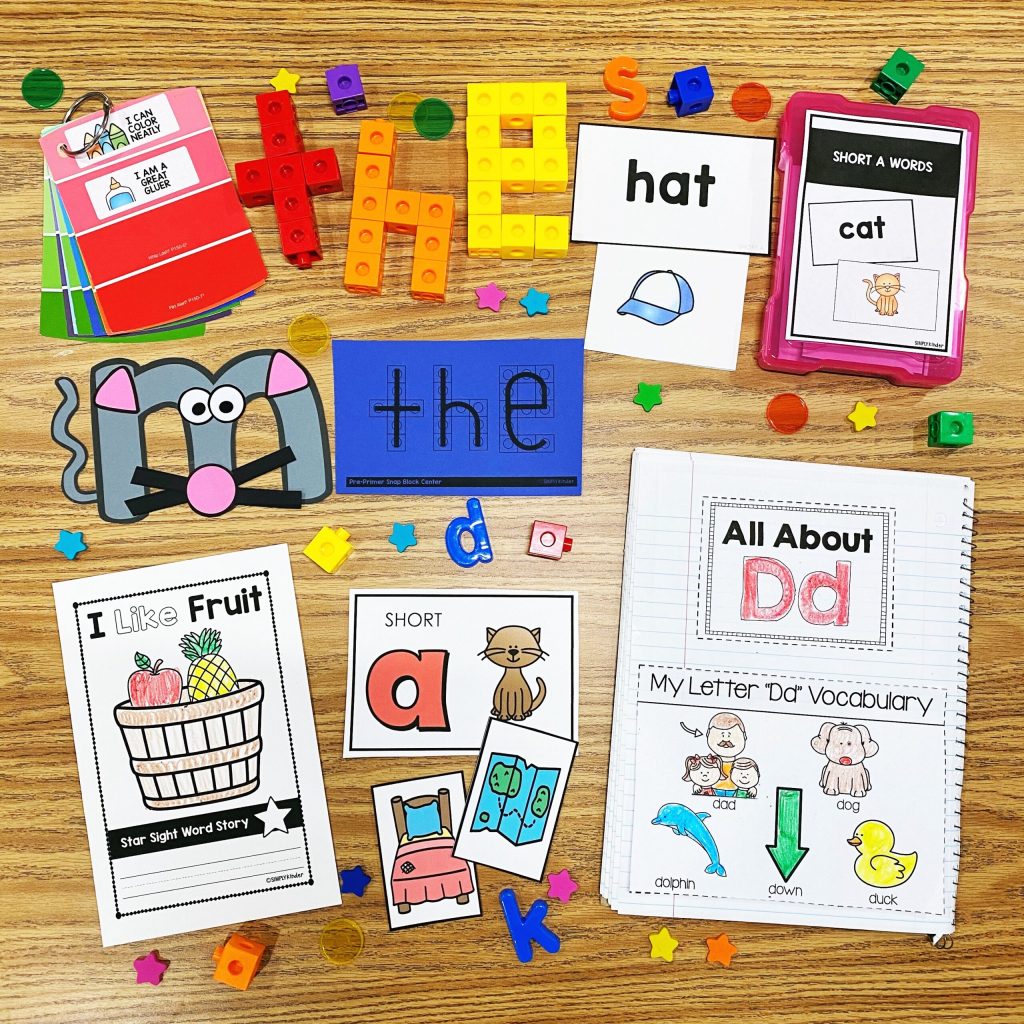
Get our emails loaded with free resources, teaching ideas, and so much more!

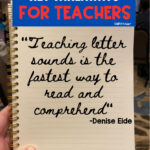
You might also like: